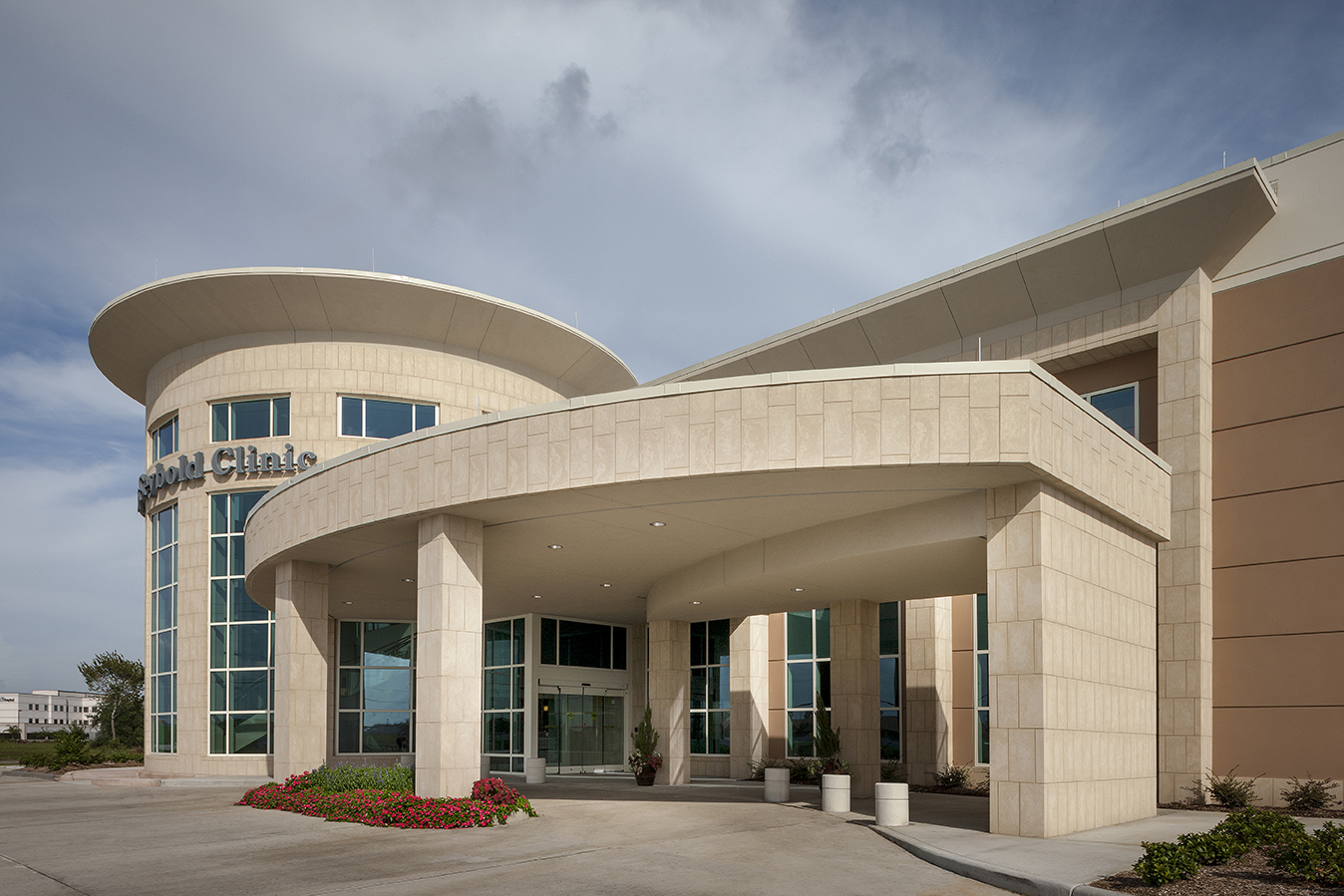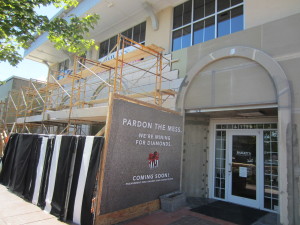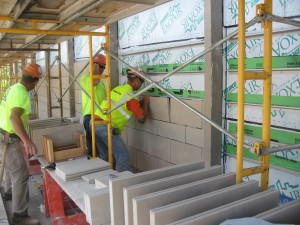Adapting to the Changing Masonry Landscape

The landscape of the cladding industry has been evolving and changing for many years. Designers, owners and developers now have hundreds of choices for exterior cladding materials, and masonry veneers are just one choice amongst those hundreds. The increasing cost of construction is also a factor driving the design community to look for alternative cladding materials. Instead of full-bed natural stone, there is thin faux stone; instead of full-bed brick, there are now thin-brick options. Many of the new cladding systems are lightweight, require less structure, can be cost-effective, and can be easily used in retrofit applications and without concrete ledges for support. As such, many of these new cladding systems have gained significant traction within the construction community and are a major player in the battle for wall share. These cladding systems include thin Calcium Silicate Stone units, metal panels, terracotta panels, metal and glass curtain walls, fiber cement panels, vinyl siding, stucco, EIFS, phenolic panels and thin masonry products.
In the masonry industry, this evolution towards thinner masonry materials started over 45 years ago with the introduction of thin manufactured stone. This evolution has exploded in the past number of years with hundreds of masonry manufactures catering to the design and construction communities with thin brick, thin manufactured stone, and thin natural stone products coming from Canada, the USA, and as far afield as China and India. If we consider all of the thin masonry products on the market today, the huge scope of this industry is clear.
So what’s driving the move to thinner wall systems and thinner cladding materials? There is no single reason, but a number of reasons are regularly cited. For instance there is the understanding that when using thin products, a brick ledge is not required. While this seems a simplistic reason it has wide ranging appeal. Without the brick ledge, designers have hundreds of choices for cladding and can choose their finishes up to the last
minute, more like paint. With a brick ledge they are obligated to use only masonry, and there is the associated cost of all the concrete in pouring the masonry ledge. Many designers also like the reduced structure that is offered by thinner, lighter materials, and the flexibility of using these products in vertical walls as well as soffits and underneath canopies. Further benefits of thinner products include keeping the overall wall thickness the same when compared to walls of the past, while incorporating current code requirements that require designers to provide more exterior insulation.
Unfortunately, the thin masonry industry has gotten a bad reputation because the systems used to install these materials have been an assorted collection of bad ideas over the years, causing the design and construction community to label thin masonry veneers as problematic. For instance, the thin adhered stone veneer industry has been plagued by complaints of stone falling off the wall for years, especially in cold freeze-thaw climates where frozen moisture in behind the units can “pop” the units off the wall. These failures have more to do with the systems that have been promoted, versus the thin stone products themselves. After 45 years of continued complaints and concerns it is time to adapt to the new systems on the market that alleviate and address these concerns.
When thin adhered stone veneers were first introduced, good building science principles were an afterthought. Building science has come a long way in the last 45 years and so have the systems being used to adhere the units to the wall. So while we at Arriscraft shied away from moving into the thin adhered veneer category for years because of these outdated systems, we never closed our eyes to the progress in the adhered veneer category. With the evolution of complete Thin Masonry Veneer Installation Systems, there is now a strong argument for looking at the movement to thin adhered veneers. Benefits of such systems include Air and Water Barriers, polymer fortified pre-bagged mortars to ensure material consistency and quality, and the proper use of installation systems that offer warranties to cover material and labor costs.
ensure material consistency and quality, and the proper use of installation systems that offer warranties to cover material and labor costs.
Companies such as Laticrete have introduced Masonry Veneer Installation Systems (MVIS) specifically for the thin adhered masonry industry. They provide a 15 to 25 year warranty for the system, if the system is used and installed properly. These new systems have withstood seismic events, freeze-thaw environments, and hurricanes, and yet perform even under these harsh installation conditions. With these improvements and the innovations that have emerged, thin masonry veneers are a viable option regardless of the climate in which they are being installed.
Beyond the different thin adhered veneers, many manufacturers have looked at thin anchored rainscreen veneers. Arriscraft’s ARRIS▪clip system for instance can be provided in both a sealed or open back-drained and ventilated rainscreen system. Our reasons for venturing into this arena of construction had to with the fact that full-bed masonry could not be used in a curtain wall type assembly and this limited the applications for our units. We have worked on high-rise applications with these back-drained and ventilated rainscreens, and projects where hanging the material from the substrate was really the only viable option. Plus the fact that the design community thinks it’s cool doesn’t hurt!

All of the new thin masonry systems can be installed not only in barrier wall construction but also insulated cavities, drainage plane assemblies, as well as ASHRAE 90.1 and SB-10 compliant wall systems. Consequently, thin wall systems now address the concerns that current codes and industry professionals present in terms of thin stone veneers.
Full-bed masonry is a valuable product to the design and construction community and thin masonry veneers are not intended to replace these materials but are meant to compete with the host of thinner and lighter cladding materials on the market. As with many things in life; change is inevitable. The design community has made it clear that they are looking for new lightweight innovative cladding materials that meet their design aesthetic. The masonry industry can take advantage of thin masonry veneers as a viable option to compete against other thin wall cladding materials and so the masonry material manufactures and their products have continued to evolve and adapt to that changing landscape. Better thin masonry products and better systems have entered the marketplace and the product offerings continue to grow and push the envelope – the building envelope- for the better.
